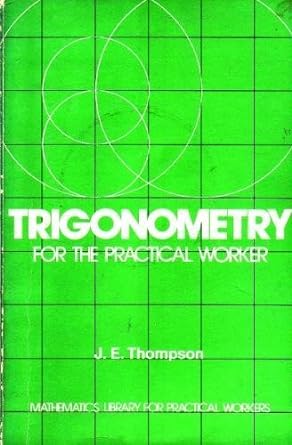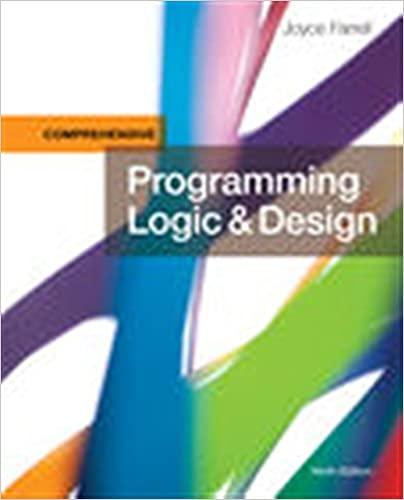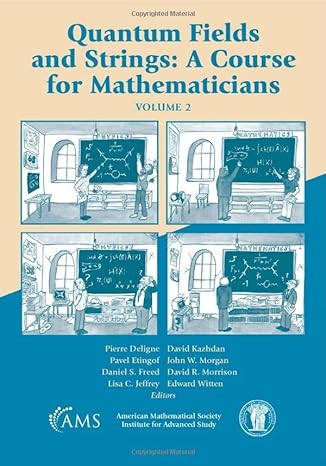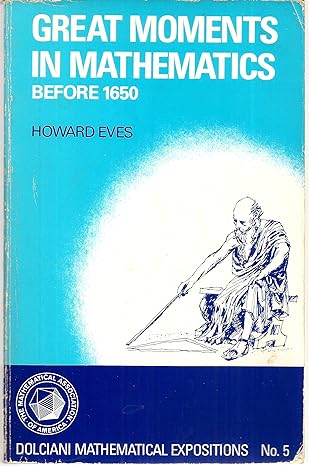Go back

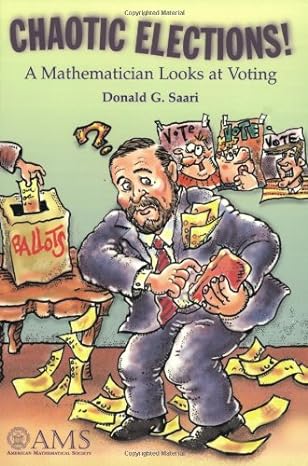
Chaotic Elections A Mathematician Looks At Voting(1st Edition)
Authors:
Donald G. Saari

Cover Type:Hardcover
Condition:Used
In Stock
Shipment time
Expected shipping within 2 DaysPopular items with books
Access to 30 Million+ solutions
Free ✝
Ask 50 Questions from expert
AI-Powered Answers
✝ 7 days-trial
Total Price:
$0
List Price: $9.56
Savings: $9.56(100%)
Solution Manual Includes
Access to 30 Million+ solutions
Ask 50 Questions from expert
AI-Powered Answers
24/7 Tutor Help
Detailed solutions for Chaotic Elections A Mathematician Looks At Voting
Price:
$9.99
/month
Book details
ISBN: 0821828479, 978-0821828472
Book publisher: American Mathematical Society
Get your hands on the best-selling book Chaotic Elections A Mathematician Looks At Voting 1st Edition for free. Feed your curiosity and let your imagination soar with the best stories coming out to you without hefty price tags. Browse SolutionInn to discover a treasure trove of fiction and non-fiction books where every page leads the reader to an undiscovered world. Start your literary adventure right away and also enjoy free shipping of these complimentary books to your door.
Book Summary: What does the 2000 U.S. presidential election have in common with selecting a textbook for a calculus course in your department? Was Ralph Nader's influence on the election of George W. Bush greater than the now-famous chads? In Chaotic Elections!, Don Saari analyzes these questions, placing them in the larger context of voting systems in general. His analysis shows that the fundamental problems with the 2000 presidential election are not with the courts, recounts, or defective ballots, but are caused by the very way Americans vote for president. This expository book shows how mathematics can help to identify and characterize a disturbingly large number of paradoxical situations that result from the choice of a voting procedure. Moreover, rather than being able to dismiss them as anomalies, the likelihood of a dubious election result is surprisingly large. These consequences indicate that election outcomes--whether for president, the site of the next Olympics, the chair of a university department, or a prize winner--can differ from what the voters really wanted. They show that by using an inadequate voting procedure, we can, inadvertently, choose badly. To add to the difficulties, it turns out that the mathematical structures of voting admit several strategic opportunities, which are described. Finally, mathematics also helps identify positive results: By using mathematical symmetries, we can identify what the phrase "what the voters really want" might mean and obtain a unique voting method that satisfies these conditions. Saari's book should be required reading for anyone who wants to understand not only what happened in the presidential election of 2000, but also how we can avoid similar problems from appearing anytime any group is making a choice using a voting procedure. Reading this book requires little more than high school mathematics and an interest in how the apparently simple situation of voting can lead to surprising paradoxes.
Customers also bought these books
Frequently Bought Together
Top Reviews for Books
Jordan Randall
( 5 )
"Delivery was considerably fast, and the book I received was in a good condition."


